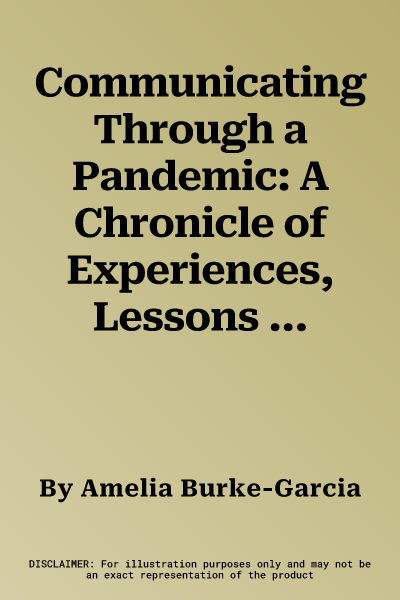Outbreaks, epidemics, and pandemics are nothing new. Over the last
several decades, we have been through numerous-Zika, Ebola, H1N1. The
COVID‐19 pandemic, however, has challenged us like never before. During
this time, we have struggled to work remotely, to balance work and
children's school schedules, and to manage finances in the face of lost
or furloughed jobs. We have worried about our loved ones getting sick
and being able to support themselves, and we have faced the loneliness
that comes with social distancing.
It has affected us individually and globally-but we have not all
experienced this pandemic in exactly the same way. Some communities have
been hit harder in terms of sickness and death rates from COVID‐19. Many
have felt the economic pressures of the pandemic more acutely. Still
others have struggled disproportionately with the mental health impacts.
Context has mattered in this pandemic.
There is one common thread that runs through everything we have
experienced though: the role that communication has played in managing
this pandemic. Whether we are talking about communication about the
virus and mitigation strategies, communication between friends and
family, the urgent crisis resulting in mis- and dis-information, our
complex and diffuse media environment, or new workplace communication
strategies, communication has been front and center in this pandemic.
The role of communication has been integral to the success and failure
of our ability to respond and adapt to and begin to recover from this
pandemic-as individuals, collectively as communities, and as countries.
As a result, issues such as preparedness, misinformation, literacy and
comprehension of virus and vaccine science, health equity and mental
health have all gained increased awareness during this time.
This book unpacks the many and varied roles that communication has
played over the course of this pandemic, in order to help public health
professionals, marketers and health communicators, and policymakers
alike to understand what we have been through, what has worked well, and
what we have struggled with. It will help us learn from our experiences,
so we communicate through pandemics more successfully in the future.

